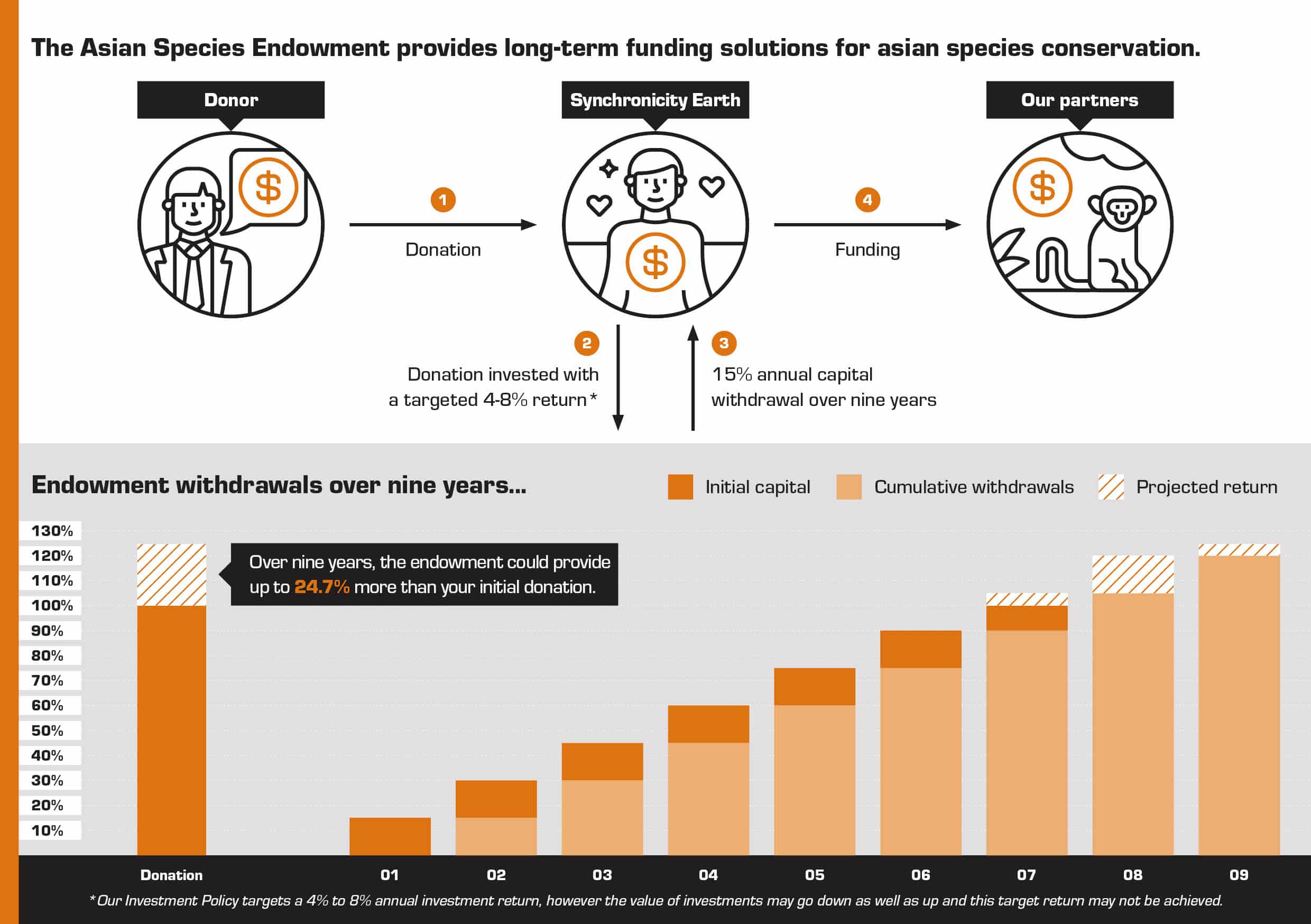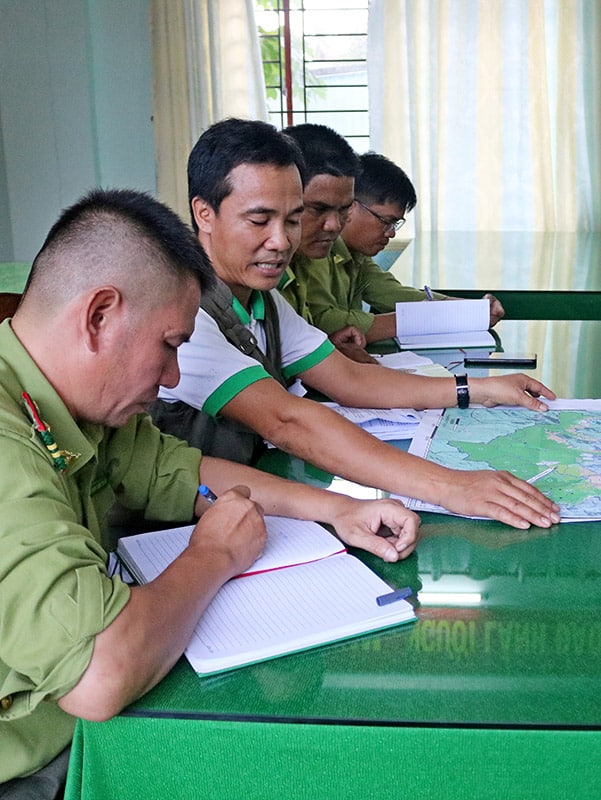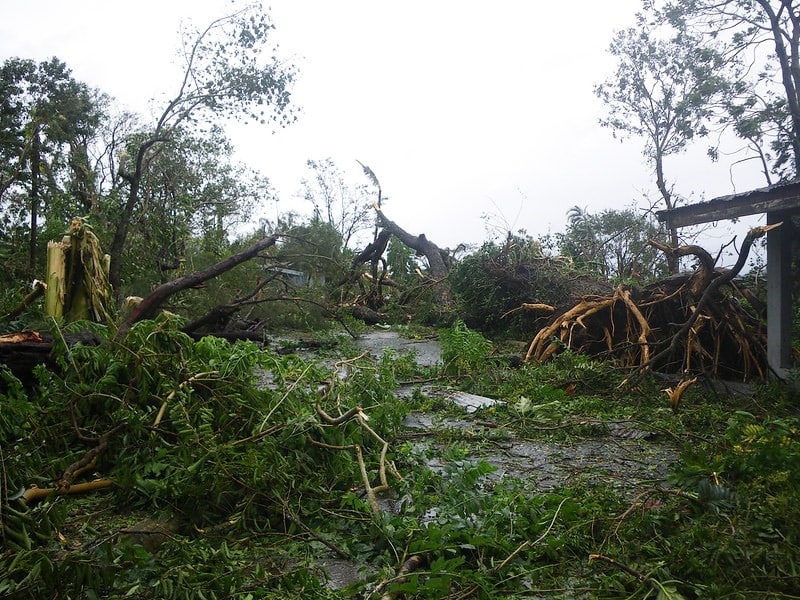Asian Species Endowment
With 284 Critically Endangered land and freshwater vertebrate species, Southeast Asia has the highest vertebrate extinction rate in the world.
Where action is taken to protect critical habitats and curb overexploitation, Asian species are showing signs of recovery, but scaled-up investment is urgently needed to reverse catastrophic extinctions.
Designed to leverage a higher level of funding for our Asian Species Programme, the Asian Species Endowment is an innovative approach that allows donors to provide timely, long-term, and well-targeted support for the conservation of Asian species.
How it supports Asian species conservation
The wildlife of Southeast Asia is under pressure from several sources: high human population densities, strong demand from the wildlife trade, and deforestation. Southeast Asia has a greater annual rate of deforestation than Latin America, or sub-Saharan Africa – and the rate is increasing. Despite this, it doesn’t receive the same media attention or global concern as comparable crises such as deforestation in the Amazon, and as a result, many species receive little to no conservation attention.
Synchronicity Earth’s Asian Species Programme supports local leaders and communities to catalyse conservation efforts for Asia’s most overlooked species, but wider action is needed to preserve its wildlife from growing threats.
Traditional endowments lock up capital in perpetuity. Due to the urgency of the extinction crisis, our view is that we need to address species declines in Asia within the next decade.
This is why we use an ‘expendable endowment’ model, putting both capital and income to work, which not only provides crucial financial stability but also grows in impact over time.
The Asian Species Endowment aims to:

Grow donations over time

Provide core funding

Unite donors
Empowering Southeast Asia’s conservation sector
Our Asian Species Programme supports vital conservation work across Southeast Asia, as well as India and Bhutan.
The programme’s high percentage of small, locally led partners means the security of multi-year grants is especially important. A stable source of annuity funding enables these organisations to receive core operational support, often the most difficult funding for groups to access. This frees up important time for research and fieldwork.
The endowment also facilitates knowledge sharing, strengthening and diversifying the Asian species conservation. So far, our partners have trained more than 1,500 people to protect wildlife, ranging from support for sanctuary guards, workshops on biodiversity, and training in captive breeding techniques. With Asian Species Action Partnership (ASAP), we co-funded an ‘Essentials of NGO Management’ course which delivered training on strategic planning, governance and leadership, communication, human resources, and fundraising.
Ultimately, by plugging the capacity gaps left by traditional funding, those best placed to protect Asian species are empowered to build and lead the Asian conservation movement.
Flexible funding for complex situations
Some of the partners our Asian Species Programme supports work in particularly demanding and unpredictable contexts.
Much of Southeast Asia is highly vulnerable to natural disasters, and climate change worsens the situation. However, flexible funding supports robustness so organisations that can function in the face of emergencies. The Mabuwaya Foundation experienced two typhoons in the Philippines, in 2017-2018; on both occasions, they could re-build and continue their work.
Bureaucracy is another potential hurdle. In Vietnam, the civil society operating space can be challenging and overseas funding has become increasingly difficult to access due to restrictive grant structures. This is why we focus on developing funding mechanisms that alleviate administrative burdens.
Aftermath of a typhoon in the Philippines.
Image: Andy Nelson CC BY-NC 2.0 DEED
Broadening the knowledge base


The Saola Foundation field team are studying tracks and signs of the saola with the hope of rediscovering it after more than ten years. Images: © Souksamlan Laladeth/Saola Foundation (top), © WCS Lao (below)
For many species we simply do not have the information to understand their precise status or causes of decline. This can make accessing adequate funds even harder. Supporting ground-breaking research increases media attention (and therefore attention from funders) and helps inform decision-makers.
The Saola Foundation are conducting a comprehensive survey of the Annamite Mountains in Laos looking for evidence of the saola, the world’s rarest large mammal (last recorded in 2013). Even if they cannot find the saola, the incredible value of building local expertise in surveying techniques and collecting data on other Annamite species will hold long-term benefits for conservation in the region.
Meanwhile, GreenViet are undertaking surveys across vast, remote forests to protect Vietnam’s grey-shanked douc langurs, of which only around 1,000 are thought to remain.
Work like this has led to our partners updating the conservation status of more than 300 Asian species, including the recent update of the Vietnamese Red Data Book, which saw the grey-shanked douc langur national consevation status downlisted from Critically Endangered to Endangered.
Protecting unique species
All the above approaches serve to strengthen the effort to prevent extinctions down to the species level. The network of over 200 organisations within the Asian Species Action Partnership (ASAP) aim to target the 284 Critically Endangered land and freshwater vertebrates found in found in Southeast Asia.
As merely a number, the monumental conservation effort in this region is indistinct. But each of our partners have stories to tell about the successes, the losses, and the lessons learned about species such as:
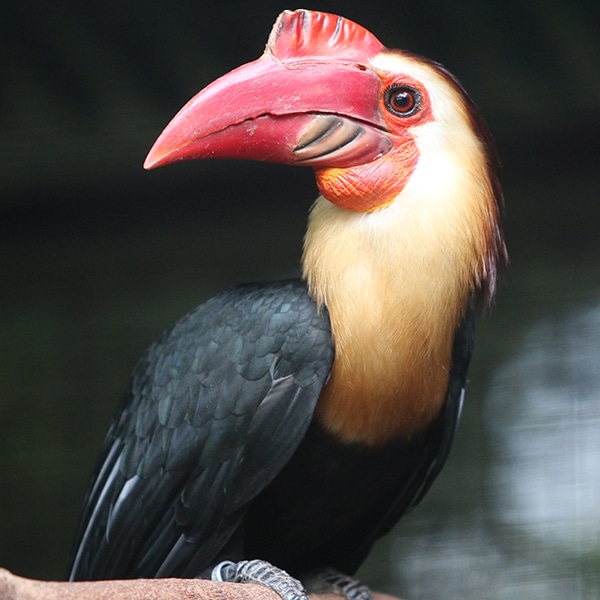
Rufous-headed hornbill
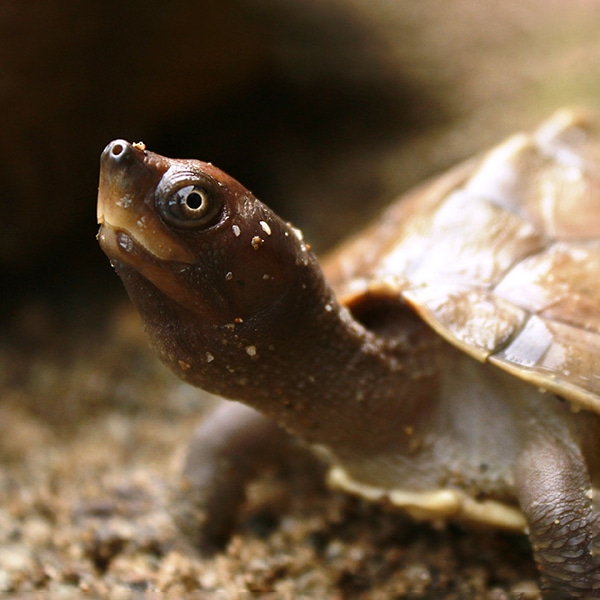
Painted terrapin
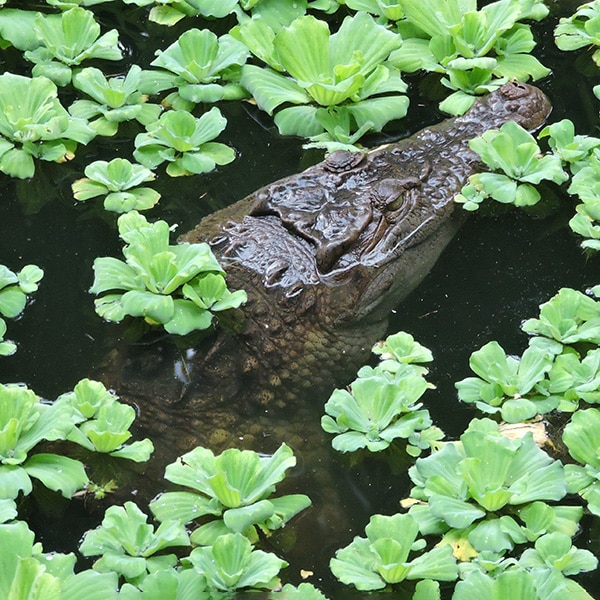
Philippine crocodile
Images (L to R): © Pierre de Chabannes, Chester Zoo, Anna Heath
Make a donation to the Asian Species Endowment
In this critical period of history, we have the opportunity to prevent further decline of Asian species. If you are interested in making a donation which will strengthen these efforts by contributing to the Asian Species Endowment, please contact our Philanthropy team.

